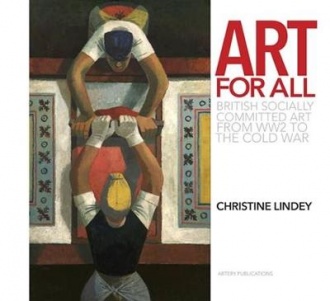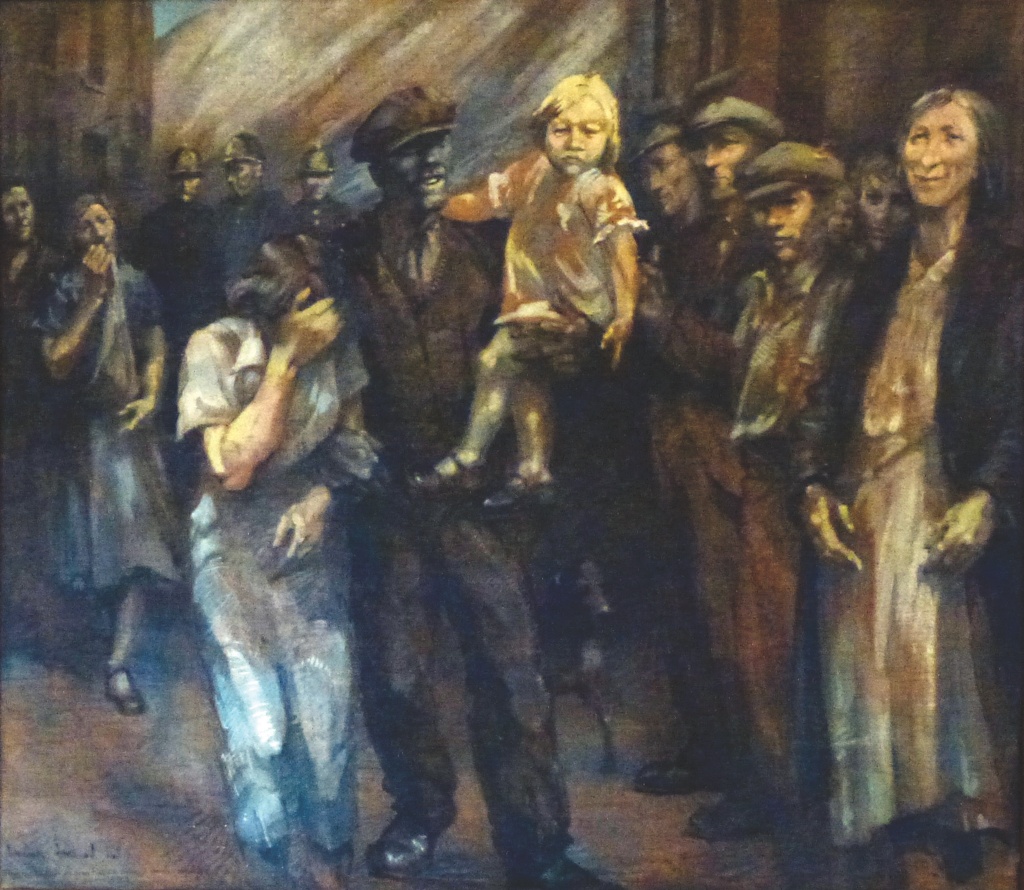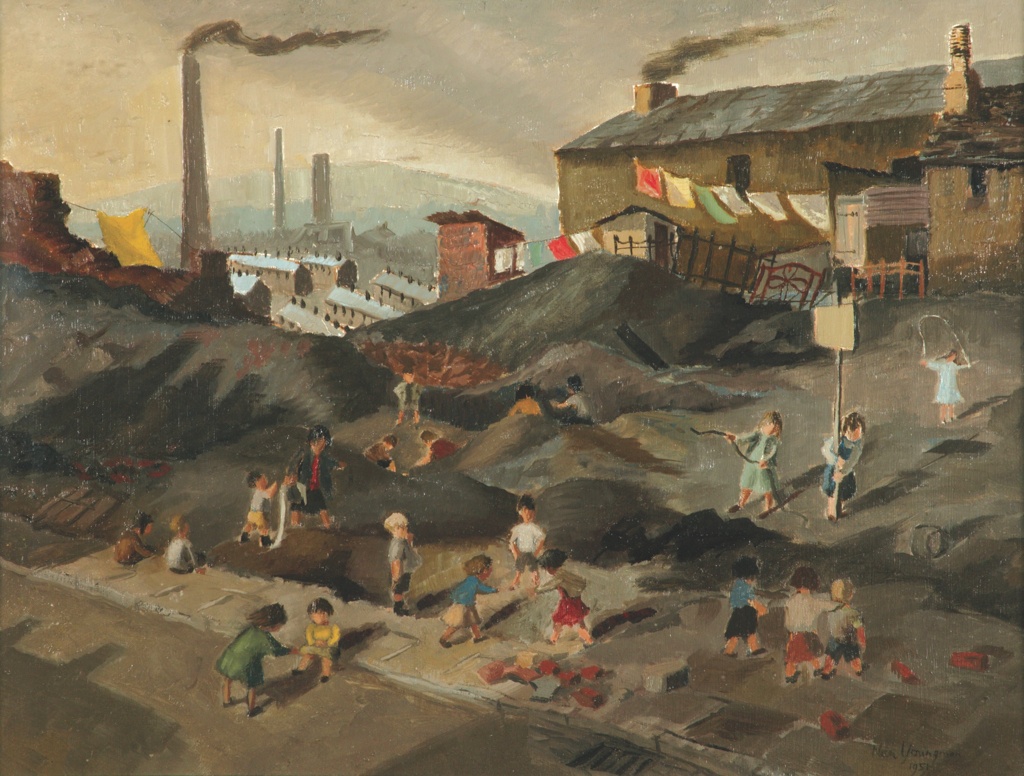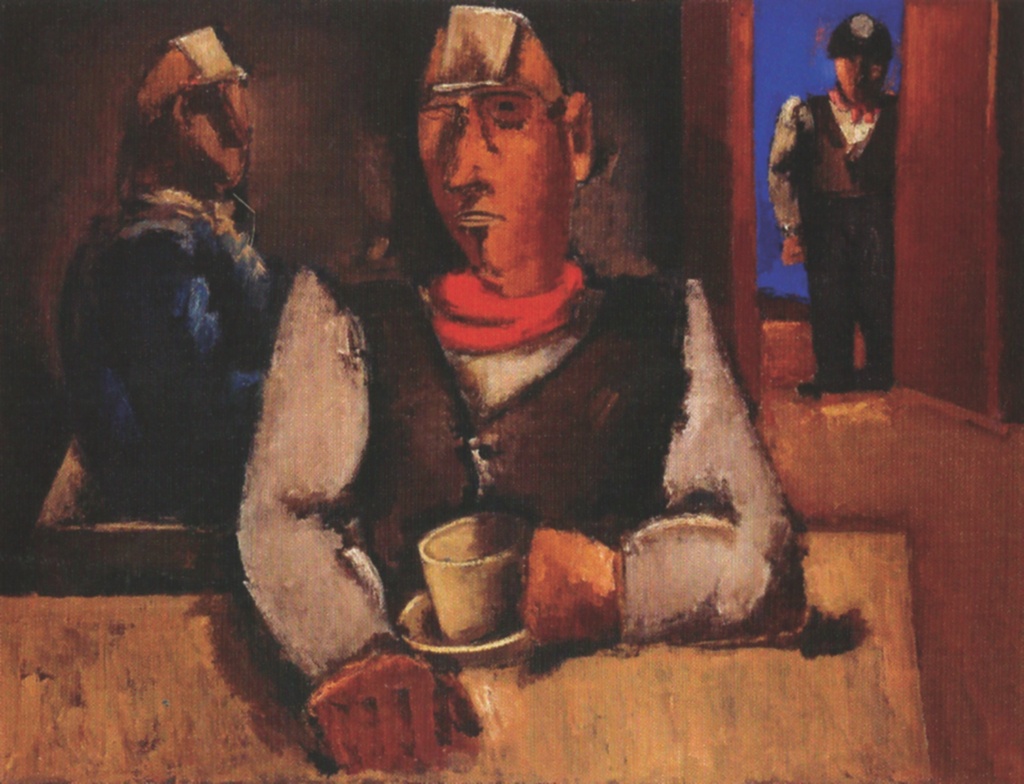This is the last article you can read this month
You can read more article this month
You can read more articles this month
Sorry your limit is up for this month
Reset on:
Please help support the Morning Star by subscribing here

THIS latest book by art historian Christine Lindey is a profound, carefully considered and highly detailed account of the work and lives of some 30 artists active in Britain from the 1930s to the early 1960s.

In the conventional chronology of art history, the dominant aesthetic shifted during these three decades from realism to modernism, but this is not a book which simply accepts such definitions.
Instead, it seeks out the reasons why the artists Lindey defines as “socially committed” — artists, she says, who demonstrated “an active engagement with social change” — made their work in the way that they did.
She thus examines not just the artworks they produced but how they came to make them — where did these artists come from, how did they live and why did they believe what they did?

Drawing on extensive research, Lindey sets vivid details of the artists’ personal circumstances against the political and artistic milieu within which they found themselves.
In this way, she builds up an immensely rich contextualisation of the production of visual art of all kinds from the years following the first to the second world war, in which many of the artists served, and its aftermath and to a new kind of ideological conflict, the cold war, which determined the cultural climate of the 1950s and '60s.

Throughout, Lindey carefully traces how world events affected the thinking and actions of British artists. In the 1920s and '30s many joined the Communist Party and a few, such as Cliff Rowe and Pearl Binder, spent time working in the Soviet Union.
Some remained party members for life, some did not. Some fought with the International Brigades in Spain where one of them, Felicia Browne, was killed. Some had no direct political affiliation but still happily produced works for sponsors such as the trade unions. Others were founder members of the Artists’ International, later the Artists’ International Association, an organisation whose foundation, expansion and decline paralleled the waning influence of Marxist and socialist ideas within the British art world.
This was further demonstrated by the attitude of the Arts Council.

Founded in 1946, it was greeted with delight by those artists who had long believed in the need for state sponsorship of the arts. But when the council quickly moved away from its initially stated position of “The Best for the Most” to that of “Few, but Roses,” they swiftly became disillusioned by its essentially elitist approach.
That artists could organise and work together for political ends may seem astonishing to us today when international capital dominates the art market as never before. The rediscovery of such concepts, and of the artists who believed in and worked for them, is one of the many delights of this book.
Another is its illustrations, bringing back into public view works which may not have been seen since the day they were completed.

How good to see James Fitton’s vivid London street scenes and Cliff Rowe’s modernist take on the women workers cleaning huge locomotives in the St Pancras station cleaning yard. What a revelation to look for the first time at the tender representations of families by Eva Frankfurther or the strongly modelled surfaces of George Fullard’s Head of a Worker.
These artists believed that ordinary people should be represented with dignity and, in works such as these and many more reproduced in this book, they did not let them down.
Eight years in the writing, this book has found its time. It is published just as the world appears to be confronting once again forces which many of the artists it brings to our attention would have recognised and, more significantly, felt it their duty to oppose.

In doing so, they created art in which their sincerity and skill shine out from works which deserve to be more widely known and admired, not least for the underlying conviction of their makers that art has a duty to engage with, examine and illuminate the social conditions under which it is created —a position that Lindey both expounds and celebrates with great skill and conviction.
Lynn MacRitchie is an artist and writer and has covered contemporary art for the Financial Times, Art in America and Performance magazine, among other publications. A founder member of Artists for Democracy and the Poster Film Collective, she returned to the studio in the 1990s. Since then, she has exhibited regularly in Britain and abroad.
Art for All, £45 hardback or £25 paperback, is available from bookshops or from Artery Publications, arterypublications.co.uk










